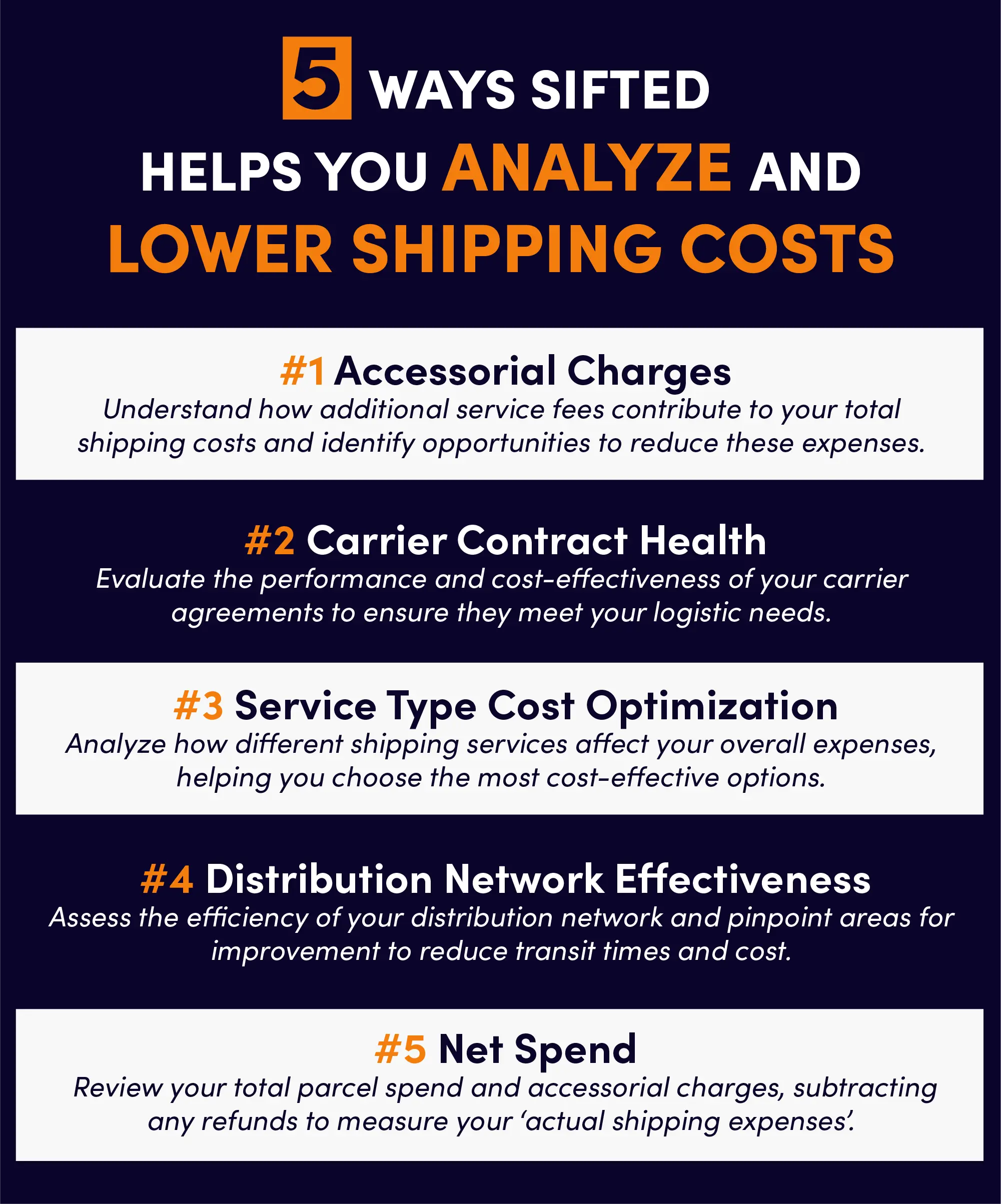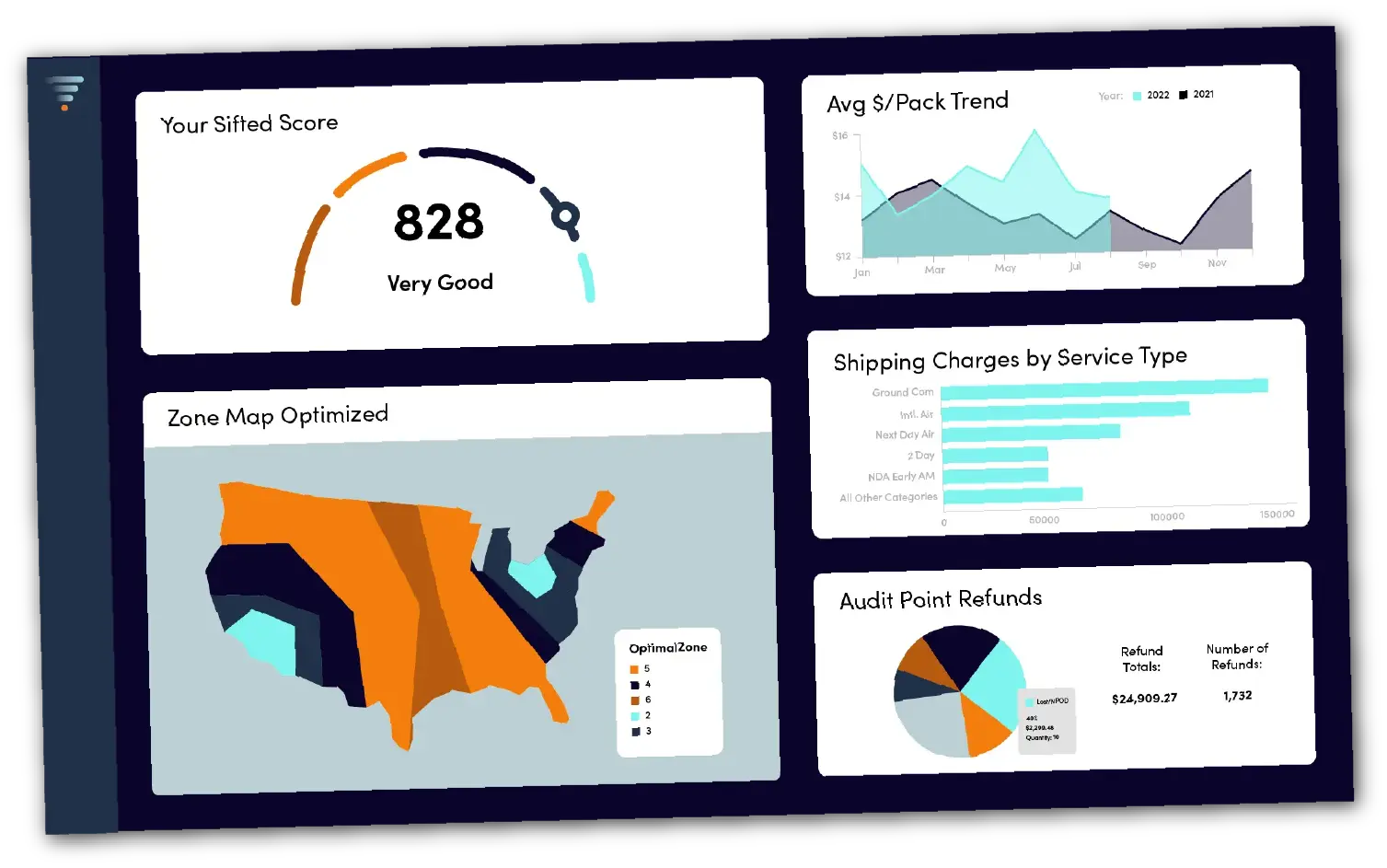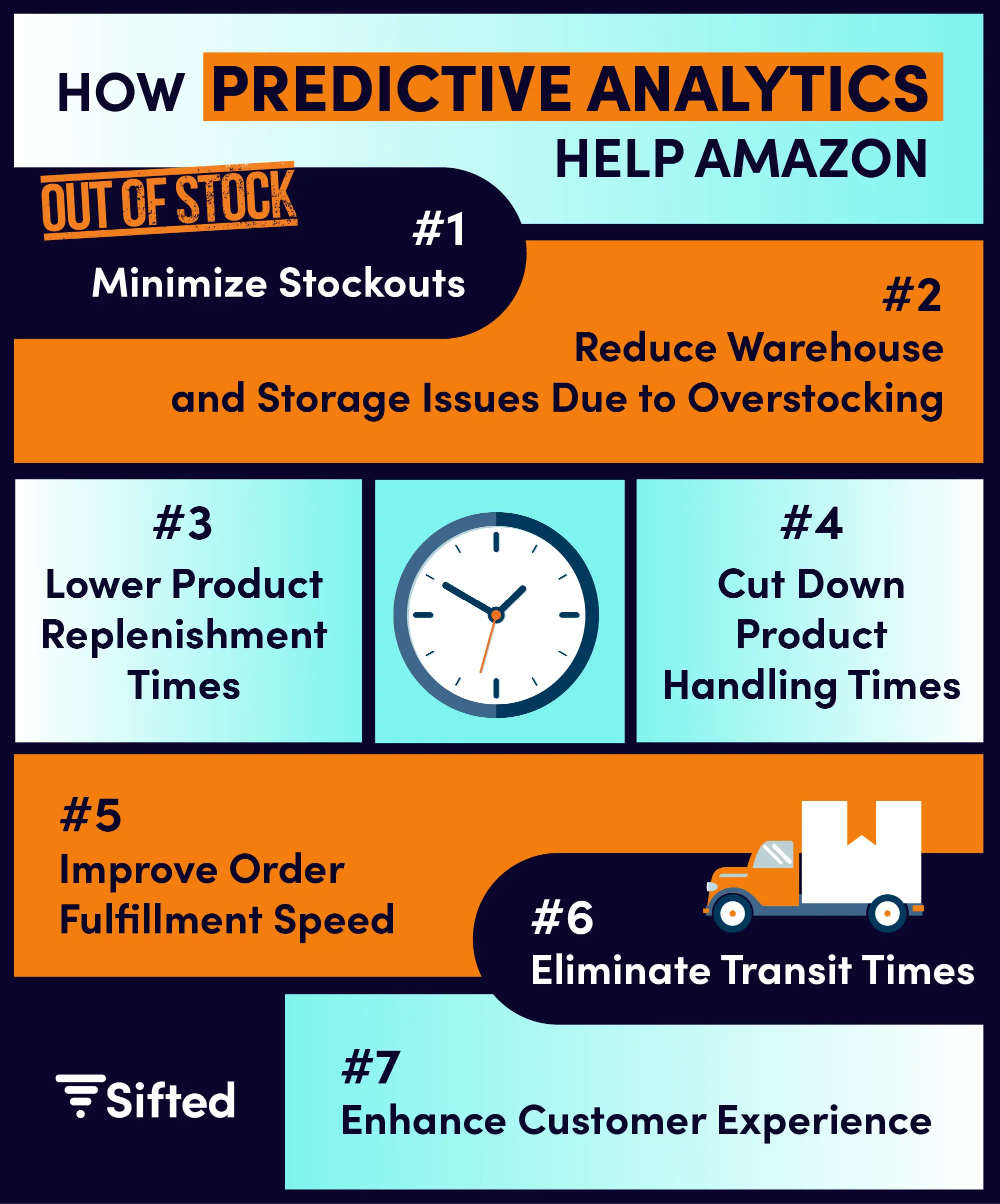Supply chains and logistics companies powered by AI (Artificial Intelligence) are seeing a 20% reduction in logistics expenses, a 40% decrease in unwanted inventory levels, and a 40% enhancement in service quality compared to their less agile competitors. Here’s the full report.
Integrating artificial intelligence into supply chain operations is not just an option but a necessity for companies focused on staying resilient in a volatile market.
Let’s dive deeper into how AI and machine learning are reshaping the logistics and supply chain industry, highlighting key innovations, strategies, and technologies driving these changes.
AI and Machine Learning Use Cases in Logistics and Supply Chain
Logistics and Supply Chain Health + Planning
Artificial Intelligence (AI) and Machine Learning (ML) enable more accurate and efficient planning, procurement, production, and distribution of goods. Here’s how:

Network Optimization and Route Optimization
Network optimization tools in logistics help pinpoint where your distribution centers should be located to reach your customers in the most efficient and cost-effective manner.
Network optimization aims to minimize costs, reduce transit times, and improve distribution center zone efficiency.
For example, Beddy’s, an all-in-one bedding manufacturer, used a virtual sandbox to revisit its distribution strategy and identify a couple of alternative distribution center locations. With the help of Sifted’s Network Optimization tools, Beddy’s analyzed cost per package, transit times, and overall savings across several locations. Through this analysis, they could precisely pinpoint where they needed to be located to reach their customers most efficiently – and for the lowest cost. The simulation estimated that the new distribution center would save them over $493,000 annually while reducing their transit times significantly.
Route Optimization: How using AI/ML technology can transform logistics and transportation:
Financial Planning
The three critical challenges in financial planning are:
1. How AI Helps With Pricing & Revenue Management
BCG reports that automating revenue management systems’ pricing rules with AI can increase revenues up to 5% in less than nine months.
Based on continuous analysis of supply and demand, customer behaviour, and market conditions, AI can determine the optimal times to run promotions, identify which products should be discounted, and measure the effectiveness of suggested campaigns.
Automated Billing Systems: AI can streamline billing by reducing errors and delays in revenue collection. These systems ensure invoices are paid or issued promptly and accurately.
2. How AI Enables Fraud Detection and Security in Payment Systems
This is how AI helps combat fraud and enhance security in large business organizations:
- AI uses complex algorithms to analyze transaction patterns and behaviors across massive datasets. These algorithms can identify unusual patterns or anomalies that deviate from the norm, indicating possible fraudulent activity.
- Another way to reduce financial risks in large organizations is by deploying predictive analytics for “transaction risk scoring”. AI systems score each transaction for potential risk based on historical data and various transaction attributes, such as amount, geographic location, device used, and more. What this does is, it allows organizations to proactively identify and mitigate potential threats before they materialize. This results in optimizing the security of financial transactions and reducing the incidence of fraud.
- When handling millions of monthly invoices, big data and AI systems can identify issues like inflated prices, excessive surcharges, and fraudulent invoices. Such tasks would be nearly impossible for humans to perform with the same level of speed, efficiency and accuracy.
3. Automated Audits and Contract Monitoring
Automated audits = free money.
AI/ML tools like Sifted’s parcel audit analyze individual shipments, automatically detect billing errors, and secure refunds you’re owed. The automated audits can spot service failures, invoice discrepancies and monitor multiple data points like address corrections, residential surcharges, etc.
Benefits of Automated Parcel Audits:
Automated audits sift through every shipment to identify what you’re owed from FedEx and UPS.
AI-powered invoice processing solutions can automate the extraction of data from invoices, validate invoice accuracy and reconcile invoices with purchase orders and contracts.
The parcel audit runs in the background daily, eliminating tedious manual processes.
Implementing parcel audit services is quick and hassle-free. You can get started within weeks instead of months.
“We were very satisfied with the parcel audit… It resulted in free money that we were not getting otherwise.”
–William Solomon, Senior Director of Products & Special Products at eSigns.com
Want to find out what’s impacting your parcel spend? Contact Sifted Logistics Intelligence experts to get started.
Package Optimization
Dimensional Weight Optimization: AI algorithms can calculate the best box sizes for shipping items based on dimensional weight, which considers both the weight and volume of packages. This ensures that space is used efficiently in shipping containers and vehicles.
Optimizing the package dimensions helps minimize empty space in packaging, reducing material waste and the cost associated with larger-than-necessary packages, which can drastically cut shipping expenses.
Track how dimensional weight billing is affecting your shipping costs and adjust packaging practices to optimize expenses.
Try this DIM calculator to see how DIM is impacting your overall spend
Material Selection and Usage: ML models analyze historical data to recommend the most cost-effective and sustainable materials for packaging, balancing protection with material costs and environmental impact.
AI can also assist in selecting Sustainable Packaging Solutions that are not only efficient and effective but also support companies’ goals towards reducing environmental footprints.
Load Planning and Container Optimization: AI systems can simulate different loading scenarios to find the best way to fill containers or trucks. This analysis helps maximize space usage, reducing the number of trips which eventually lowers emissions and costs.
Using ML algorithms to determine the best configuration of packages within a container also helps to ensure stability, reduce damage during transit, and optimize unloading processes.
Monitor Your Overall Shipping Health
AI-powered logistics intelligence tools like Sifted enable you to analyze and monitor specific components of your shipping costs down to the minutest detail.
Here are some examples:


Discover a Better Way to Track and Evaluate Your Shipping Performance
Strategic Benefits of Machine Learning in Logistics
Enhanced Operational Efficiency and Visibility with AI
Walmart has increased employee productivity by 15% with AI.
They’ve developed advanced algorithms capable of accurately identifying, tracking and assessing a product’s stock levels on store shelves. These algorithms are sophisticated enough to perform this task with 95% accuracy—even under varying conditions, such as different lighting environments or shelf depths.
When a product reaches a certain level, the stock room is automatically notified to ensure the item is always available.
This technology helps manage inventory more effectively, ensuring shelves are well-stocked and potentially offering insights into consumer behavior based on how products are picked or depleted.
Improve Customer Experience with Machine Learning Tech
Amazon has shaken the world of ecommerce deliveries with its Same-Day Delivery concept. But how do they make it happen?
Amazon leverages predictive analytics in inventory management. The company uses advanced algorithms and machine learning models to forecast demand and maintain optimal stock levels to ensure there’s ample supply of the right products at the right time.

Predictive Analytics helps Amazon:
- Minimize stockouts
- Reduce warehouse and storage issues due to overstocking
- Lower product replenishment times
- Cut down product handling times
- Eliminate transit times
- Improve order fulfillment speed
- Enhance customer experience
Amazon’s precision and control over its logistics data enable them to orchestrate shipping routes, adjust shipping methods dynamically – reducing reliance on external carriers.
Automate Routine Decisions With AI And Predictive Analytics
Digitizing and automating routine decisions like:
b. Product transit tracking details
c. Product availability
d. Return and refund policies
e. Warranty information
f. Payment options and billing questions
Build Scalable, Risk-Avert, Adaptable Systems with AI/ML
“The first rule of any technology used in a business is that automation applied to an efficient operation will magnify the efficiency. The second is that automation applied to an inefficient operation will magnify the inefficiency.” ~Bill Gates.
Let’s say you operate a global logistics network that transports goods across multiple regions via air, sea, and land routes, as your clients have diverse transportation needs and service level requirements.
To accommodate the above, you work with multiple carriers, warehouses, distribution centers, and transportation modes, including third-party logistics providers (3PLs). This increases the layers of complexities in your supply chain which can be positive, but also may lead to:
- Higher risks of disruption
- Escalating operational costs
- Regulatory and compliance challenges
- Increased delays
- Increased potential for miscommunication
- Need to normalize complex data from complex sources
Now, how does AI and ML help large businesses tackle next-level supply chain complexities like the ones listed above?
ML models help simulate various supply chain strategies under different economic scenarios. This allows companies to devise contingency plans and make proactive strategic adjustments in response to potential economic downturns or disruptions such as tariffs or demand fluctuations.

Build a Scalable, Risk-Avert, Adaptable Logistics Network











